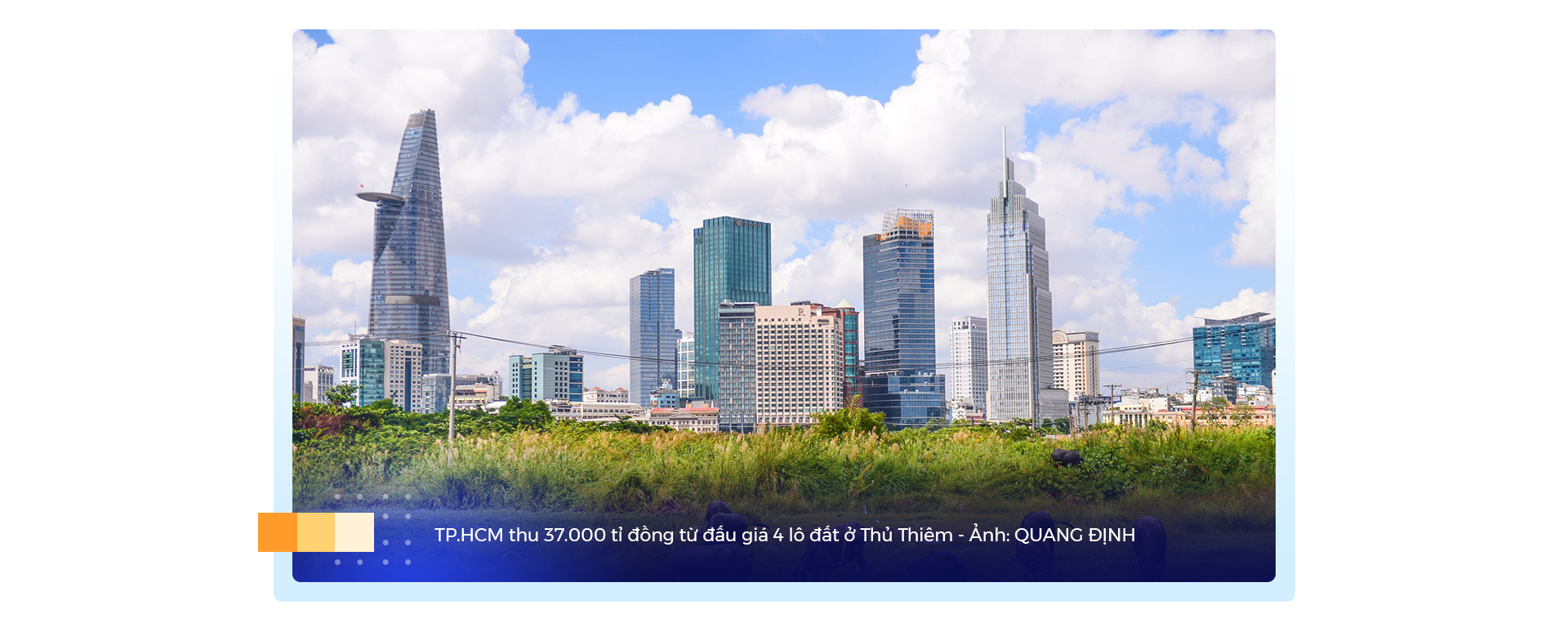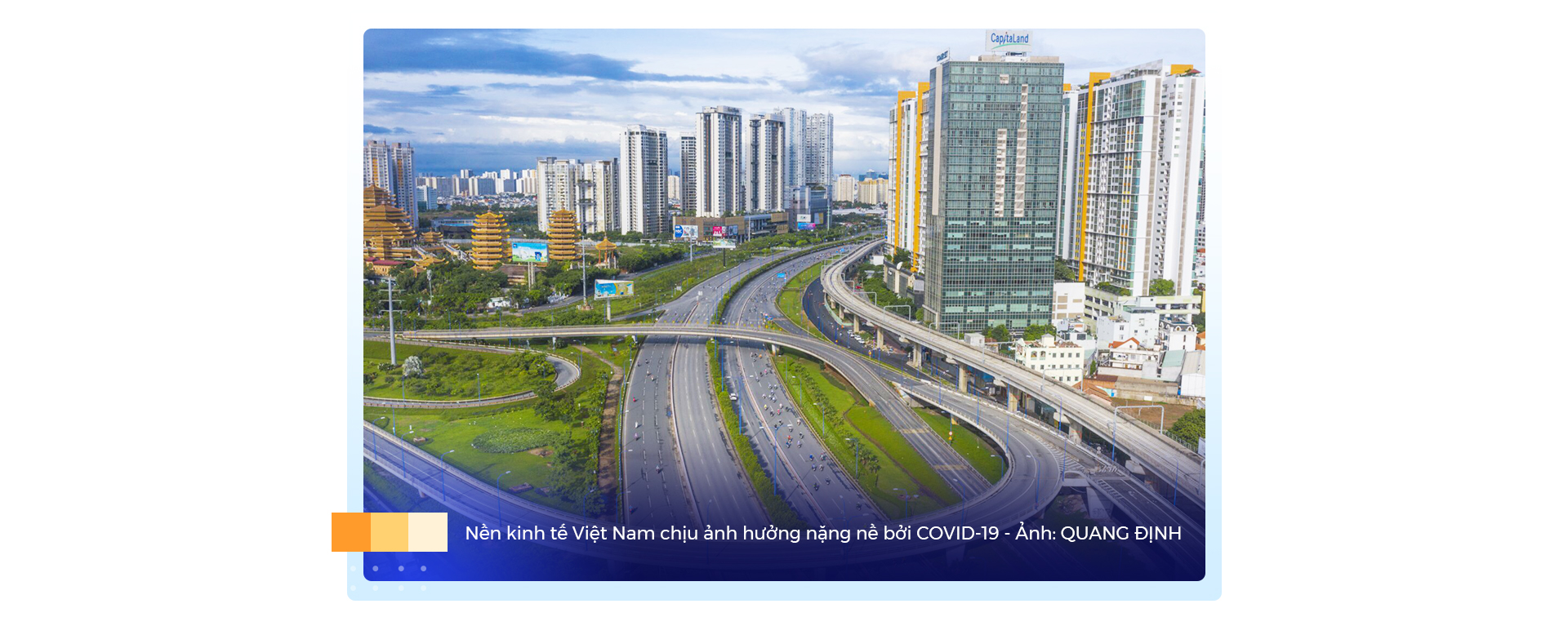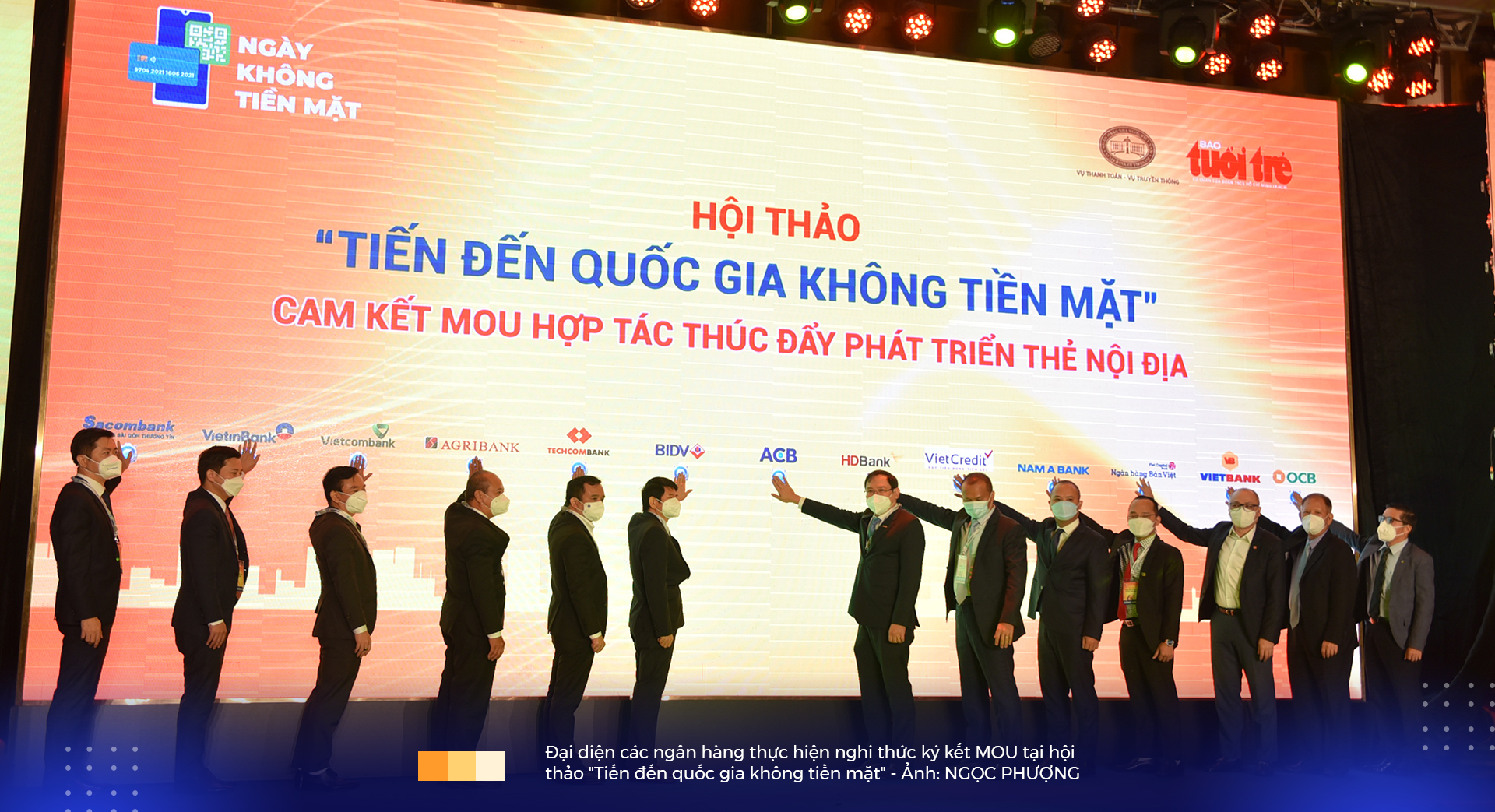2021 was a turbulent year for economies around the world, including Vietnam, due to the emergence and complicated development of COVID-19. Despite the adverse impacts of the global pandemic, Vietnam managed to achieve a number of spectacular economic results through outstanding efforts.
In order to review the imprints of Vietnam’s economy, Tuoi Tre (Youth) newspaper and experts voted for 10 outstanding economic events in 2021.
The set of criteria to evaluate the top 10 by Tuoi Tre includes: events that were new in the year and highly searched on Google, national events that affected large numbers of the public, events creating international resonance and raising Vietnam’s position, events contributing to policy change and people’s income, and events creating a change in the development of an important industry.
Determining ambition to gain developed nation status by 2045
The 13th National Congress of the Communist Party of Vietnam set a goal to develop the lower-middle-income country into a high-income developed country by 2045, when the nation will celebrate the 100th anniversary of its founding.
Vietnam is among a group of countries with gross national income (GNI) per capita between US$1,036 and $4,045.
Its GNI per capita stood at $2,590 in 2019 while Southeast Asian economies with upper-middle-income status have much higher GNI per capita, such as Indonesia at $4,050, Thailand at $7,260, and Malaysia at $11,230, according to the World Bank.
High-income economies have GNI per capita of $12,536 or more.
|
|
| Health workers work at the COVID-19 Resuscitation Hospital in Thu Duc City, Ho Chi Minh City. Photo: Duyen Phan / Tuoi Tre |
‘New normal’ milestone
The central government issued Resolution 128 on flexible and safe adaptation to COVID-19 as well as effective control over the pandemic.
The resolution has cleared the way for production, trade, and investment to rebound after the COVID-19 low point.
Prime Minister Pham Minh Chinh affirmed that after nearly two months of implementing the resolution, the country has put the pandemic under control and seen the socio-economic situation prosper under a ‘new normal.’
Positive GDP growth
Vietnam finished 2021 with a 2.58-percent gross domestic product (GDP) growth rate, which fell short of forecasts as the coronavirus pandemic casts a long shadow over the country’s various fields.
Fourth quarter growth was 5.22 percent, up from the same period of 2020, but unable to make up for the six-percent contraction in the third quarter, according to data released by the General Statistics Office (GSO).
The Southeast Asian nation has not posted such a significant negative quarterly growth since 1986, according to Assoc. Prof. Tran Hoang Ngan, head of the Ho Chi Minh City Institute for Development Studies.
Its foreign trade hit a record $668 billion after rising by $123 billion against 2020.
|
|
| A health worker disinfects a factory following the ‘stay-at-work’ mode during the fourth wave of the COVID-19 pandemic in Vietnam. Photo: N.H. / Tuoi Tre |
New working styles
Authorities requested companies in Vietnam to follow either the ‘three-on-the-spot’ or ‘one road, two places’ models in order to maintain operations during the pandemic prevention time.
In the first model, enterprises and employees had to conduct production, have meals, and rest after work at the same place.
Enterprises and employees following the second protocol had to arrange isolated production and accommodations at two separate locations, connected by a single transport route for workers to commute every day.
Many companies also allowed employees to work remotely during the fourth wave of the pandemic in the country.
These new working styles have ensured the dual goal of fighting the COVID-19 pandemic and promoting economic development.
|
|
| A worker follows the ‘stay-at-work’ mode at a factory during the fourth wave of the COVID-19 pandemic in Vietnam. Photo: N.H. / Tuoi Tre |
Large-scale FDI projects
2021 saw a strong flow of foreign investments into Vietnam, with the announcement of LEGO Group of Denmark’s $1-billion funding in December for the construction of a carbon-neutral factory in southern Binh Duong Province being a prominent example.
In April, Japan’s Sumitomo Mitsui Finance Group spent $1.4 billion purchasing 49 percent in FE Credit, the consumer finance division of Vietnam Prosperity Joint-Stock Commercial Bank (VPBank).
The total new, adjusted capital and share purchases by foreign investors reached $31.15 billion as of December 20, 2021, up 9.2 percent annually, according to the Foreign Investment Agency (FIA).
Record high land auction
Bidding for swathes of ‘golden land’ in Thu Thiem under Ho Chi Minh City resulted in revenue worth billions of U.S. dollars for the state budget.
The bidding sent the average price skyrocketing to VND2.4 billion ($105,000) per square meter, eight times higher than the starting price.
|
|
| An aerial view of Hanoi Highway in Thu Duc City, Ho Chi Minh City. Photo: Quang Dinh / Tuoi Tre |
Cashless payment more popular
The prolonged lockdowns to keep the pandemic at bay accelerated Vietnamese consumers’ preference toward using digital transactions.
A recent report by the Ministry of Finance showed that cashless payments continue to become more popular, topping VND36.28 quadrillion ($1.6 billion) in the first nine months of 2021.
During the period, 435.25 million transactions worth VND22.78 quadrillion ($996.7 billion) were made via the Internet, up 54.1 percent in volume and 30.7 percent in value.
More than 1.19 billion others worth over VND13.5 quadrillion ($590.6) billion were conducted via mobile phone, surging 74.98 percent in volume and 93.69 percent in value.
The Vietnamese e-commerce market is considered one of the driving forces behind the growth of cashless payment as it is expected to be the fastest-growing e-commerce market in Southeast Asia by 2026, with e-commerce Gross Merchandise Value (GMV) reaching $56 billion by 2026, 4.5 times the estimated value of 2021, according to a report by Facebook and Bain & Company.
|
|
| Representatives of Vietnamese banks attend a Cashless Day event hosted by Tuoi Tre (Youth) newspaper. Photo: Ngoc Phuong / Tuoi Tre |
Booming stock market
Vietnam’s benchmark stock market index hit a record high on November 25, 2021, topping the 1,500-point mark for the first time and rising nearly 36 percent from the end of 2020.
Bofore that, liquidity had frequently reached billions of U.S. dollars and set a record of nearly VND56 trillion ($2.4 billion) on November 19.
In the first 11 months of the year, domestic investors opened more than 1.3 million securities accounts, higher than the combined number of the four previous years, according to the Vietnam News Agency.
Domestic investors formed the decisive factor in the historic records of the stock market.
|
|
| A man performs stock trading in Ho Chi Minh City. Photo: B. Mai / Tuoi Tre |
Launch of made-in-Vietnam electric cars in US
VinFast, the carmaking unit of Vietnam’s leading multi-sector conglomerate Vingroup, launched two electric cars for the first time at the Los Angeles Auto Show 2021, marking a milestone in its vision to become a global automaker.
This is the first step in VinFast’s strategy to conquer the international market.
The company also delivered its first electric cars to consumers.
|
|
| Vinfast’s two electric car models are on display at Los Angeles Auto Show 2021, November 18, 2021 in this supplied photo. |
Welcoming back int’l tourists
The government’s approval and the Ministry of Culture, Sports, and Tourism’s guidelines to reopen international tourism helped businesses start to welcome back international tourists in November 2021.
The first international tourist groups arrived in some localities, namely Nha Trang City in south-central Khanh Hoa Province, Phu Quoc Island off southern Kien Giang Province, and central Quang Nam Province after nearly two years of restricted travel due to the pandemic.
The reopening to international arrivals marked a new step in the effort to revive the tourism industry.
The government also allowed the resumption of nine regular international commercial air routes between Vietnam and Japan, Taiwan, South Korea, mainland China, the U.S., Thailand, Laos, Cambodia, and Singapore starting January 1.
The move is considered a stepping stone to shore up the economy heavily affected by the pandemic.
|
|
| Two South Korean tourists pose for a photo upon their arrival in Phu Quoc City off Kien Giang Province in Vietnam, November 20, 2021. Photo: Huu Hanh / Tuoi Tre |
Like us on Facebook or follow us on Twitter to get the latest news about Vietnam!
























































